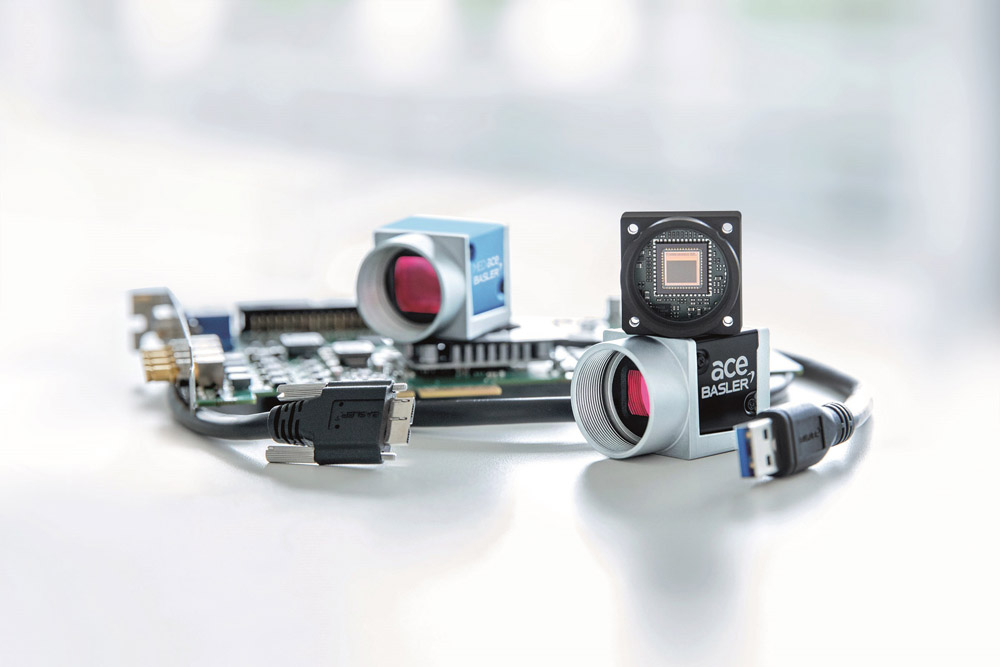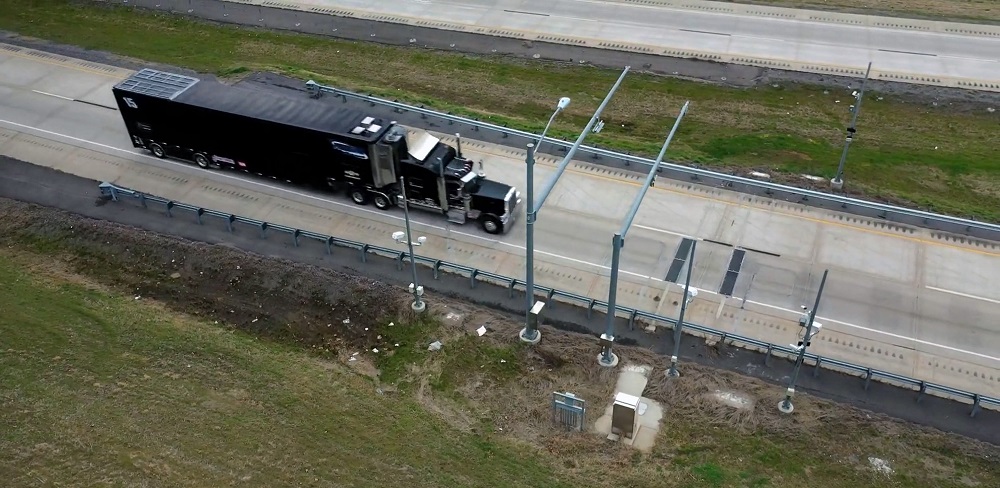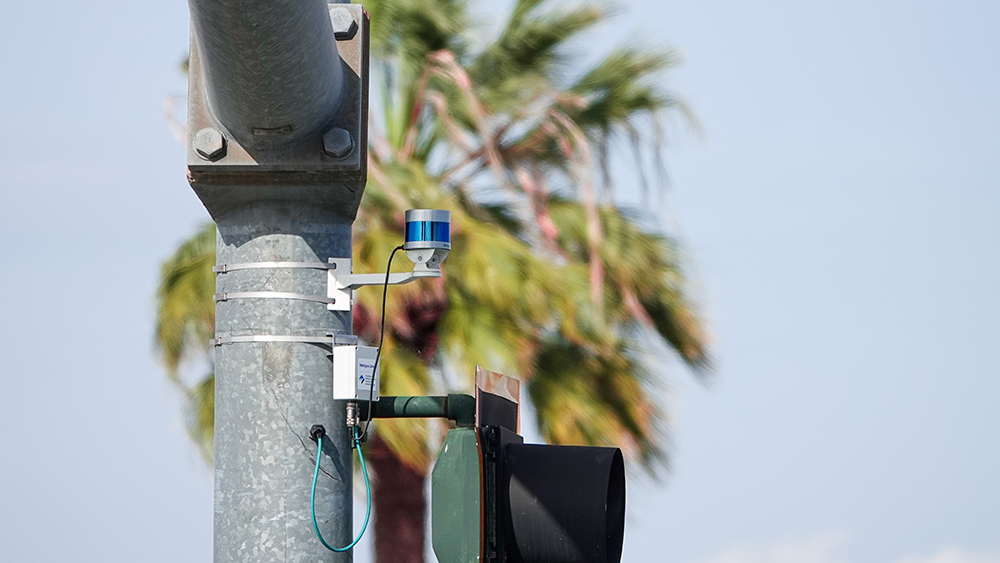
Europe’s transport infrastructure, as well as its car industry, are experiencing revolutionary changes as a result of the transition towards climate neutral mobility solutions and digitalisation, which encompasses the production and use of vehicles themselves, as well as the creation of transport infrastructure that is safer and more convenient for the public.
Artificial intelligence, deep machine learning and big data are technologies that create the platform for the development of Europe’s transport system. These changes are extensive and span many fields, including tax policy, manufacturing and even the lifestyle of the public.
Systemic challenges for Europe’s mobility
Currently road infrastructure related revenues are derived from an array of flat state-based taxes, including registration, vehicle stamp duties, licensing fees, and excise. With the gradual transition towards electro-mobility, sources of funding for transport infrastructure will diminish. A fairer approach is a duty and tax charge per distance actually driven in each EU member state. Implementing this requires a dense and extensive network of sensors on streets and roads, which record and calculate vehicle mileage in the relevant country or EFC (Electronic Fee Collection), which is based on the “pay-per-use” principle. This requires an automated solution, which uses data from roadside sensors for enforcement scenarios of different EETS schemes.

Given these existing challenges, it is necessary to change the fundamental model for calculating duties and taxes for traffic infrastructure maintenance. For example, a 2019 OECD study1 focusing on Slovenia shows that fossil fuel excise and other related taxes and duties made up almost 15% of the central government’s revenue in 2016. Even under the most optimistic assumption on fossil fuel consumption reduction, the study estimate revenue drop by 50% by 2050.
Latvia: things to note
On 4 April 2020 the Latvian Government approved the Information Report “On Development of Artificial Intelligence Solutions”2, and its relevance chimes with that of the “Coordinated Plan on Artificial Intelligence” (COM(2018) 795 final)3 approved by the European Commission on 7 December 2018. In adopting this AI development strategy, the Latvian Government acknowledges that the Road Traffic Safety Directorate’s (RTSD4 – the state-owned enterprise responsible for road traffic safety, as well as for maintaining a register of vehicles and operating speed cameras) “traffic supervision solution FITS5 (Future Intelligence Transport System) significantly improve road traffic safety and saves people’s lives.” The document also states that FITS provides uniform transport sector sensor and data management and processing, utilising the latest advantages offered by cloud computing and AI. Under the auspices of the FITS project, in collating the data collected by many manufacturers and various sensors, computers are taught “to understand” transport flows and events. For example, software with deep machine learning makes it possible to identify a specific vehicle in photographic images provided by speed cameras, as well as its characteristics and number plates, etc.
Solutions incorporating AI are already widely used in Latvia. Many businesses, as well as governmental and municipal bodies have already developed and are actively using virtual assistants. Currently, a uniform public administration virtual assistant platform is also under development, along with a range of projects aimed at automating public administration processes with the integration of artificial intelligence solutions.
Interesting data about Latvia was revealed by a 2019 survey of business leaders in the Baltic states conducted by PricewaterhouseCoopers, according to which 91% of Latvian businesses consider data collection and analysis to be important, 14% of Latvian businesses already actively use AI solutions and another 34% plan to introduce them during the next three years, while 17% of Latvian businesses already use process robotisation and automation, and another 20% plan to do during the next three years.
The story of FITS
One of the most complex, but at the same time best functioning solutions, which uses deep machine learning, is FITS. More than seven years ago, the Latvia-based company Dots developed software for a driving speed control system implemented by the RTSD. “The Gatso6 – FITS photo radar system in operation in Latvia is one of the best in the world, because it offers great remote control and monitoring. All speed cameras are connected within a single system online, thus providing immediate data exchange. The equipment manufacturers appreciate this,” asserts RTSD board member Mārtiņš Krieviņš. “It is the software that gives the speed camera system in operation in Latvia its extremely high accuracy and performance,” adds Krieviņš.
FITS is devised, based on deep machine learning software algorithms, which make it possible to obtain precise data about the recorded speed violation, to recognise a specific vehicle in traffic in any weather conditions, as well as to precisely identify the vehicle’s country of registration and number plate. The speed camera and software recognise the specific speeding driver and identify him or her, while the software orchestrates remote control of speed cameras, which makes this system simpler to maintain and reduces maintenance costs.

The Story of AI in Latvia
One of the paradoxes of machine learning is that software can also learn to make mistakes. Therefore, in collaboration with Dots, RTSD continually monitors the functioning of the system and duly provides updates for machine learning algorithms. As Krieviņš stresses “We are proud of the high precision of Latvia’s photo radar system. This means that the public has high confidence in this system and that there are minimal risks of forthcoming legal proceedings.”
Latvia operates a network of stationary and mobile speed cameras – the former is operated by the RTSD, while the latter is managed by the State Police7. In both cases, this system is managed by a FITS solution. After checking the data received from the RTSD, the State Police makes a decision whether or not to issue the ticket. Likewise, RTSD data is sent to institutions in other countries so that they can make a decision about whether or not to penalise the owner of vehicle registered in their country.
Speed Section Control in Latvia utilising AI
RTSD implemented the point-to-point pilot project: at the start and at the end of a certain section of road a camera records a vehicle, while software identifies and calculates the vehicle’s average driving speed. Under the auspices of the pilot project, data was automatically sent to the RTSD, which identified the vehicle in question, and thereafter to the State Police to decide whether or not to impose a penalty. It should be pointed that this point-to-point pilot project used Siemens cameras, and FITS proved to be effectively interoperable with this manufacturer’s equipment. Currently, the decision about whether or not to introduce this system is in the hands of political decision-makers.
The experience of Latvian businesses in the realm of AI
In Latvia there are several companies that focus on AI solutions: the leading company in the realm of machine translation and virtual assistants is Tilde8, but in the realm of sensor data processing it is Dots., which has over 20 years of experience in developing software for sustainable transport systems, which is based on providing a 360-degree data environment.

“Experience shows that to a great extent, the transport sector can be divided into two types of businesses: hardware native and software native. Like Tesla, we were also born as a software company,” explains the founder and CEO of Dots.9, Juris Vilders. “Although many people point out that, as times goes on, Tesla is increasingly resembling a classic car maker, its competitive advantages, and in reality, its very existence, are still based on software. Dots.does not make cars and is not even involved in in-vehicle systems. Our software combines data from various transport systems within a single 360-degree data environment, and based on this, makes it possible to automate a wide range of business processes, ranging from traffic optimisation through to collecting charges for the use of infrastructure and enforcement processes. This also has a direct impact in terms of cost effectiveness. Tasks previously executed using more expensive sensor equipment such as lidar can now be performed with the same degree of quality or even better using cheaper equipment such as a video camera.”
AI for Smart Cities
It is very rare that the traffic infrastructure in one city, region or entire country is comprised of one manufacturer’s equipment. Therefore, software must enable these items of equipment to communicate with one another in a single understandable language, doing so as fast and as precisely as possible. Dots. works hand in hand with several equipment manufacturers. Dots. has long-standing collaborations with Microsoft Corporation, using their technology platforms, and Google in the field of machine learning. Dots.’ partners in the realm of hardware are companies like Swarco, Siemens, Vitronic, Sensys Gatso group, Mobotixs and Axis. In turn, Dots. customers are system integrators MovyOn (formerly Autostrade) and Polcam.
Over the course of time, as solutions develop from the perspective of business processes, equipment and technologies, in the field of computer vision, one of the directions where Dots. is currently focusing, is video real-time processing or multi object tracking, which is currently already being used in pilot projects in Greece, Poland, Switzerland, Italy and Croatia.
Big Data and AI
With the increased level of transport system digitalisation, accompanied by the introduction of dynamic portfolio-based project management, clients invariably end up in a situation, where the equipment of tens or even hundreds of different hardware manufacturers are involved in the hardware system. “Dots. software makes it possible to manage this equipment and its data in a uniform manner within the overall 360 degree data environment, as opposed to in each manufacturer’s isolated silos. Moreover, not only to accumulate it, but also to jointly process and mutually augment it, using latest generation artificial intelligence technologies. Google “artificial intelligence” and you will find hundreds of different “ready solutions”. What separates them from reality is their degree of precision, which dots. helps its clients to overcome by using their own products, which combine not only our software, but also the know-how of the transport sector,” adds Heah of development and growth at Dots., Aigars Jaundālders.
“Software helps us to “squeeze” the most out of existing hardware so that we can use it as effectively and efficiently as possible. This means that we can get the optimal result from existing infrastructure in regard to improving the safety of road traffic and its infrastructure. Complete replacement or modernisation of existing infrastructure is expensive, whereas investments in improving software are much more efficient from a cost perspective,” explains Jaundālders.
Although many equipment manufacturers proclaim interoperability with other manufacturers’ equipment, practices shows that this mutual communication tends to be problematic. In contrast, Dots. software has a unique integrator, which makes it possible to combine various equipment within a single system to perform specific tasks.

“We have experience working with various equipment manufacturers and collaborating with various software developers. This means that the client is not imprisoned within one manufacturer’s ecosystem. This, in turn, makes it possible to design and configure the most capable and cost-effective traffic safety and management infrastructure, and to run it successfully,” adds Vilders.
New challenges
Overall digital transformation is also accompanied by cyber security risks. Right from the very beginning, Dots. has also had an offensive cybersecurity department to prepare clients for challenges of this nature. Artificial Intelligence is increasingly being used to pose new threats, for example by reconstructing blurred number signs, which once again compel clients to choose new means of protecting their privacy.
Dots. already offers solutions in the realm of EFC, which make it possible to localise vehicles with video cameras, as opposed to the generally accepted and more expensive lidar sensors used to date, thus reducing total system costs. Jaundālders points out that, “Similarly we also see great potential in the realm of privacy preserving distance computation systems, which can ensure that European Union citizens retain the privacy they are accustomed to in circumstances where road infrastructure charges are collected based on distance.”
Where are we heading?
The purpose of digitalising processes is a more sustainable, efficiently functioning, and safer society. These changes involve many challenges of the kind related to privacy, data protection and usage habits. Big data is one of the “keys” to these changes – its use makes it possible to manage existing systems much more usefully and to make the right decisions. However, at the same time this cannot become a disclaimer for the violation of privacy. In the transport sector all over the world, there is a growing recognition that road infrastructure development is no longer just a story of investments in physical infrastructure. Nowadays, it is a complex ecosystem, whose participants include road builders, manufacturers of various sensors, software platform suppliers and governmental bodies. If we consider road infrastructure to be the blood system of any modern economy, then we might say that health and well-being of any economy will depend on governments ability to smartly balance investments in physical and data road infrastructure.
For more information visit https://traffic.wearedots.com/ or contact:
Josef A. Czako
Strategic Advisor
CEO of Moving forward Consulting UG (Ltd.), Bonn, Germany
+49 151 2919 5810
josef.czako@moving-forward-consulting.com
Edgars Starkis
Ph.+37126371079
Edgars.starkis@wearedots.com
https://traffic.wearedots.com/
Sponsored content produced in association with wearedots
References
- https://www.oecd.org/fr/publications/tax-revenue-implications-of-decarbonising-road-transport-scenarios-for-slovenia-87b39a2f-en.htm
- https://www.varam.gov.lv/lv/jauns-informativais-zinojums-par-maksliga-intelekta-risinajumu-attistibu
- https://ec.europa.eu/jrc/communities/en/community/digitranscope/document/coordinated-plan-artificial-intelligence-com2018-795-final
- www.csdd.lv/en/about-the-company/general-information-and-history
- https://traffic.wearedots.com/its-monitoring-and-management/
- https://www.sensysgatso.com/
- https://www.vp.gov.lv/lv/strukturvieniba/galvenas-kartibas-policijas-parvaldes-satiksmes-drosibas-parvaldes-satiksmes-uzraudzibas-un-koordinacijas-biroja-fotoradaru-nodala
- https://www.tilde.com/
- https://traffic.wearedots.com/












